Beaujolais
Aside from a tiny proportion (less than 2% of production) of Beaujolais Blanc made from Chardonnay and an even smaller quantity of rosé, Beaujolais is a red wine made from the Gamay grape. Despite the proximity of Burgundy and despite the number of similarities of Gamay to Pinot Noir, the only region of Burgundy to grow Gamay is the immediately adjacent Mâconnais. This is because in 1395 Philip the Bold, Duke of Burgundy, ordered all Gamay to be uprooted by the following Easter as he believed its cultivation methods were damaging the reputation of Pinot Noir. His decision sparked such an uproar in and around nearby Dijon that the Duke was forced to appoint a new mayor who he hoped would contain the situation. Although Philip's attempts at eradicating Gamay were thorough, enforcement of his ordinance did not reach Beaujolais in the very south of Burgundy where pockets of the grape continued to grow. In 1459, Philip the Good renewed his grandfather's ordinance and the cultivation of Gamay in Burgundy remained banned. However, for generations Beaujolais was enjoyed quietly until 1937, when Beaujolais became a Protected Designation of Origin and the unique qualities of Gamay were finally recognised.
The region is home to a total of twelve appellations: Beaujolais, Beaujolais Villages and the ten Beaujolais Crus which meander over the mainly granite terrain. Beaujolais and Beaujolais Villages wines are lighter in body than those from many other regions and they taste great when chilled, making them as popular in the warmer months as they are during the winter. However, it is among the crus that wines of real personality and character, that profoundly speak of their soil and climate, can be found. A semi-continental climate and poor, granite-based soils (although those in southern Beaujolais are richer and produce lighter wines) provide freshness and structure, the acidity and supple tannins contributing a linear precision and firmness ideally enjoyed with food.
Individual nuances found among the crus depends upon their elevation, exposure and soil profile - for instance, vineyards with southerly and easterly exposures ripen earlier than those at the southern end of the region. In essence, the principal soil types are granite, a blue stone slate and diorite mix, ancient alluvial stones and limestone. From north to south, the Beaujolais Crus and their wines are:
Juliénas (578ha) Mainly blue-stone soils. Deeply coloured wines with red fruits, minerality and freshness.
Saint-Amour (319ha) Diverse soils. Lively, light, fruity and floral wines.
Chénas (249ha) A steep granite hill with alluvial slopes. Generous, dark fruited, structured wines.
Moulin-à-Vent (717ha) Pink granite slopes. Concentrated, complex, powerful with definite ageing potential.
Fleurie (914ha) 90% pink granite. Elegant, aromatic, floral, finely textured wines.
Chiroubles (334ha) Pink granite slopes of the highest altitude. Lively, fragrant, delicate wines.
Morgon (1,114ha) Granite and alluvial soils with seams of blue stone. Dense, structured, ageworthy wines with black cherry characters.
Régnié (368ha) Granite soils. Supple, fruity wines with a red fruit character.
Brouilly (1,257ha) Pink granite, ancient alluvial pebbles and limestone hillocks. Sound, generous, fruity wines.
Côte de Brouilly (340ha) Blue stone and shale on steep slopes. Dense wines with fine tannins, pepper and mineral notes; fine ageing potential.
Only manual harvesting is allowed in the Beaujolais region. This is for two reasons: handpicking allows the grapes to be sorted and any bad grapes can be removed, but it also means that the bunches remain whole. Gamay is an early ripening, acidic grape variety and, for this reason, carbonic maceration has become the accepted method for making a least a percentage of most red Beaujolais. Whole bunches of grapes are left in fermentation vessels, where the bottom layers are crushed under the weight of those on top. The released juice starts to ferment and fills the vat with carbon dioxide, a by-product of the fermentation process. Because yeast is an extremely adaptable organism and can function both with and without the presence of oxygen, this blanket of carbon dioxide causes it to start an anaerobic fermentation within the uncrushed upper grapes, producing vibrantly purple-coloured wines with low levels of tannin and intensely fruity flavours.
If your only experience of Beaujolais is the youthful, fruity and (rather unfairly) much-maligned Nouveau wines, do try some of the region's more serious offerings and prepare to be delighted.
-
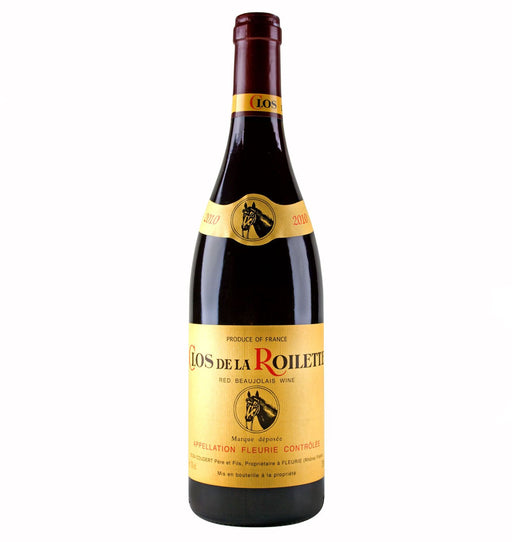 Sale
£19.04
Sale
£19.04Domaine Coudert Fleurie Clos De La Roilette
Domaine CoudertDomaine Coudert Fleurie Clos De La Roilette has a deep ruby colour with a hint of purple, thanks to the use of the traditional semi-carbonic macera...
View full details -
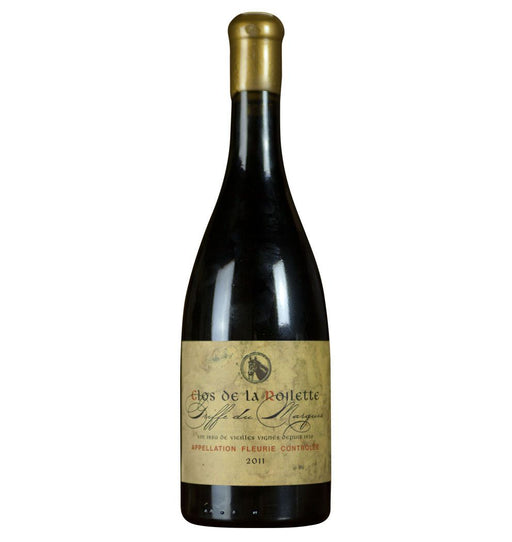 Sold out
£29.68
Sold out
£29.68Domaine Coudert Fleurie Clos De La Roilette Griffe Du Marquis 2017/20
Domaine CoudertDomaine Coudert Fleurie Clos De La Roilette Griffe Du Marquis is unusual for its appellation as it is matured for around 12 months in oak Burgundy ...
View full details -
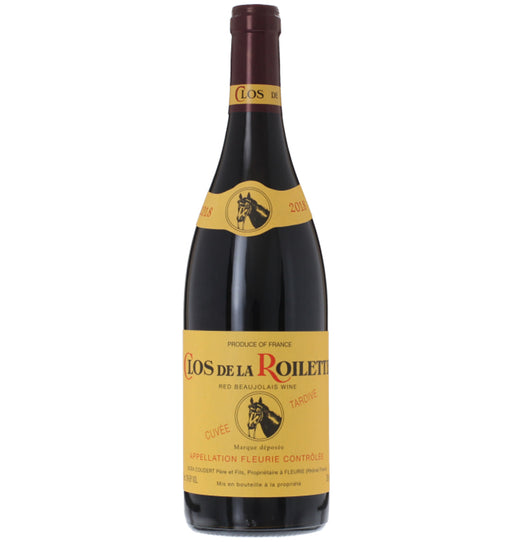 Sale
£22.07
Sale
£22.07Domaine Coudert Fleurie Clos de la Roilette Cuvee Tardive 2020
Domaine CoudertThis sensational Fleurie is not a late picked cuvee as you may expect but rather a wine made from the oldest vines on the estate and the tardive re...
View full details -
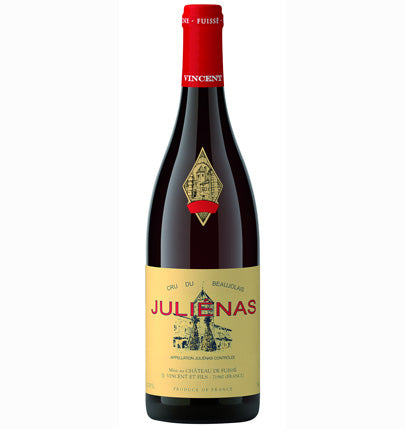 Sold out
£20.71
Sold out
£20.71Julienas - Domaine de la Conseillere
chateau fuisseThis traditional Beaujolais has the tell tale hallmark of Julienas with the notes of peony in the bouquet together with raspberries, redcurrants an...
View full details -
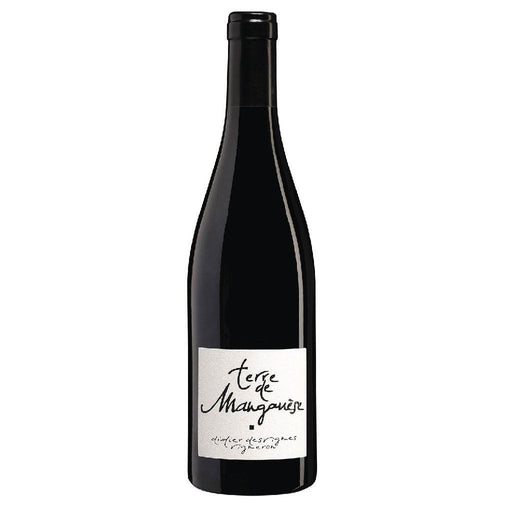 Sale
£26.95
Sale
£26.95Didier Desvignes Domaine Du Calvaire De Roche-Grès Moulin-À-Vent Terre De Manganèse
Didier DesvignesDidier Desvignes Domaine Du Calvaire De Roche-Gres Moulin-A-Vent Terre De Manganese, in its heavy bottle with its elegant wax closure, suggests fro...
View full details -
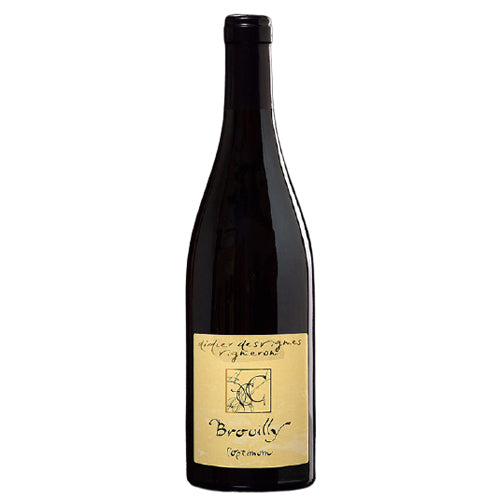 Sale
£18.82
Sale
£18.82Brouilly Cuvee l'Optimum - Domaine du Calvaire de Roche Gres 2020
didier desvignesAnother masterpiece by Didier Desvignes who is a genius with the Gamay grape. Coming from vineyards close to the Mont de Brouilly where the soil gi...
View full details -
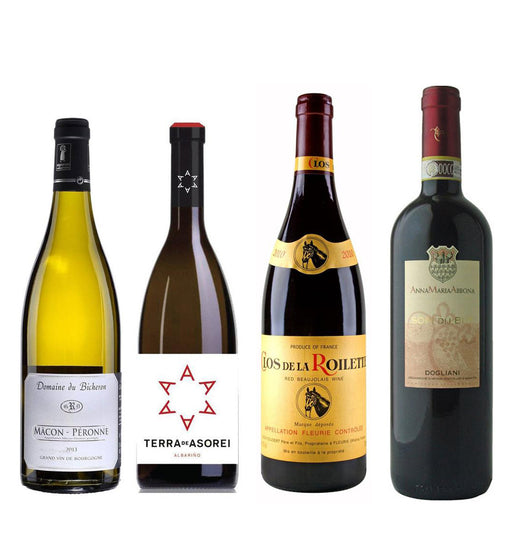 Sold out
£174.77
Sold out
£174.77Four of our favourites - 12 bottle case
MixedWhen we started the company some 35 years ago, most of the wines we sold came from Europe. There were few wines from the southern hemisphere to be ...
View full details -
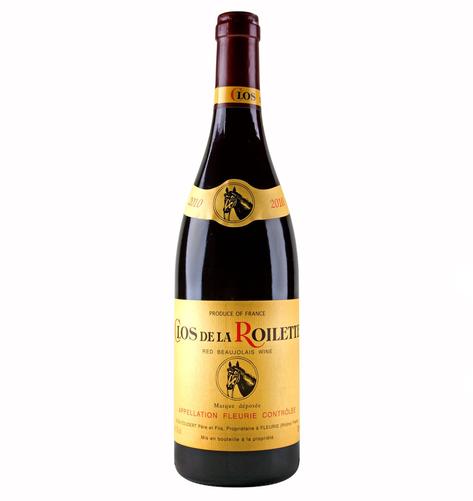 Sold out
£39.38
Sold out
£39.38Domaine Coudert Fleurie Clos de la Roilette Magnum 2021
Domaine CoudertDomaine Coudert Fleurie Clos De La Roilette has a deep ruby colour with a hint of purple, thanks to the use of the traditional semi-carbonic macera...
View full details -
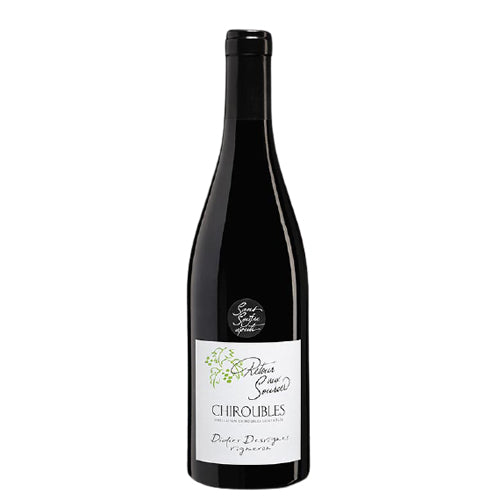 Sale
£18.97
Sale
£18.97Didier Desvignes Domaine du Calvaire de Roche-Gres Chiroubles Sans Souffre 2020
Didier DesvignesThis bright, fruity and lively Cru Beaujolais has had no sulphur added during its production and thus it has great purity. It has however not seen ...
View full details









